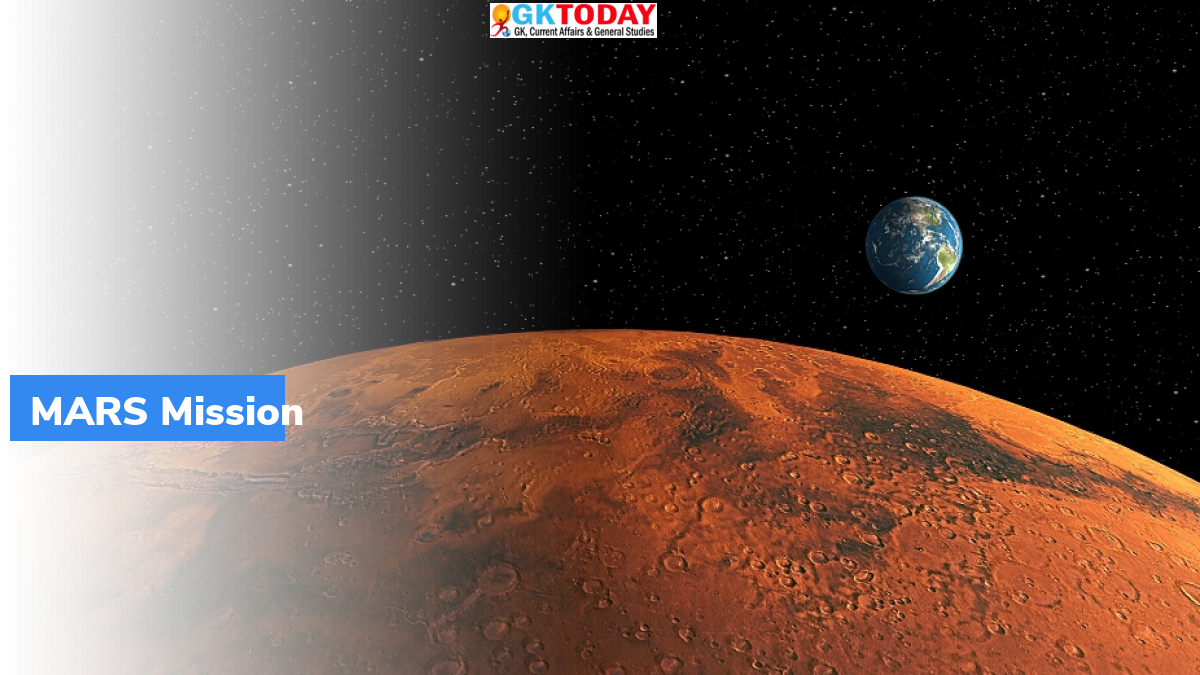NASA’s MOXIE Successfully Generates Oxygen on Mars
NASA announced the successful completion of its Mars Oxygen In-Situ Resource Utilization Experiment (MOXIE) aboard the Perseverance Mars Rover. MOXIE’s success marks a significant step toward enabling astronauts to “live off the land” on Mars by producing their own oxygen and rocket propellant, supporting long-term exploration and sustainability on the Red Planet.
What is MOXIE?
MOXIE, a device roughly the size of a microwave oven, has demonstrated its ability to convert Martian carbon dioxide (CO2) into oxygen. This technology breakthrough could play a crucial role in future human missions to Mars, providing a sustainable source of breathable air and rocket propellant.
Why is the successful operation of MOXIE is considered a significant achievement by NASA?
Answer: MOXIE’s success is significant because it demonstrates the ability to produce oxygen from Mars’ atmosphere, potentially supplying breathable air and rocket propellant for future astronauts, paving the way for sustainable Mars missions.
How much oxygen has MOXIE generated during its operations on Mars, and how does this compare to its original goals?
MOXIE has generated a total of 122 grams of oxygen since its operation on Mars, exceeding NASA’s original goals. At its peak efficiency, it produced 12 grams of oxygen per hour, twice the initial target.
How does MOXIE produce oxygen on Mars?
MOXIE produces molecular oxygen by separating one oxygen atom from each molecule of carbon dioxide pumped in from Mars’ thin atmosphere. Mars’ atmosphere provides the source of carbon dioxide.
Month: Current Affairs - September, 2023
Category: Science & Technology Current Affairs








